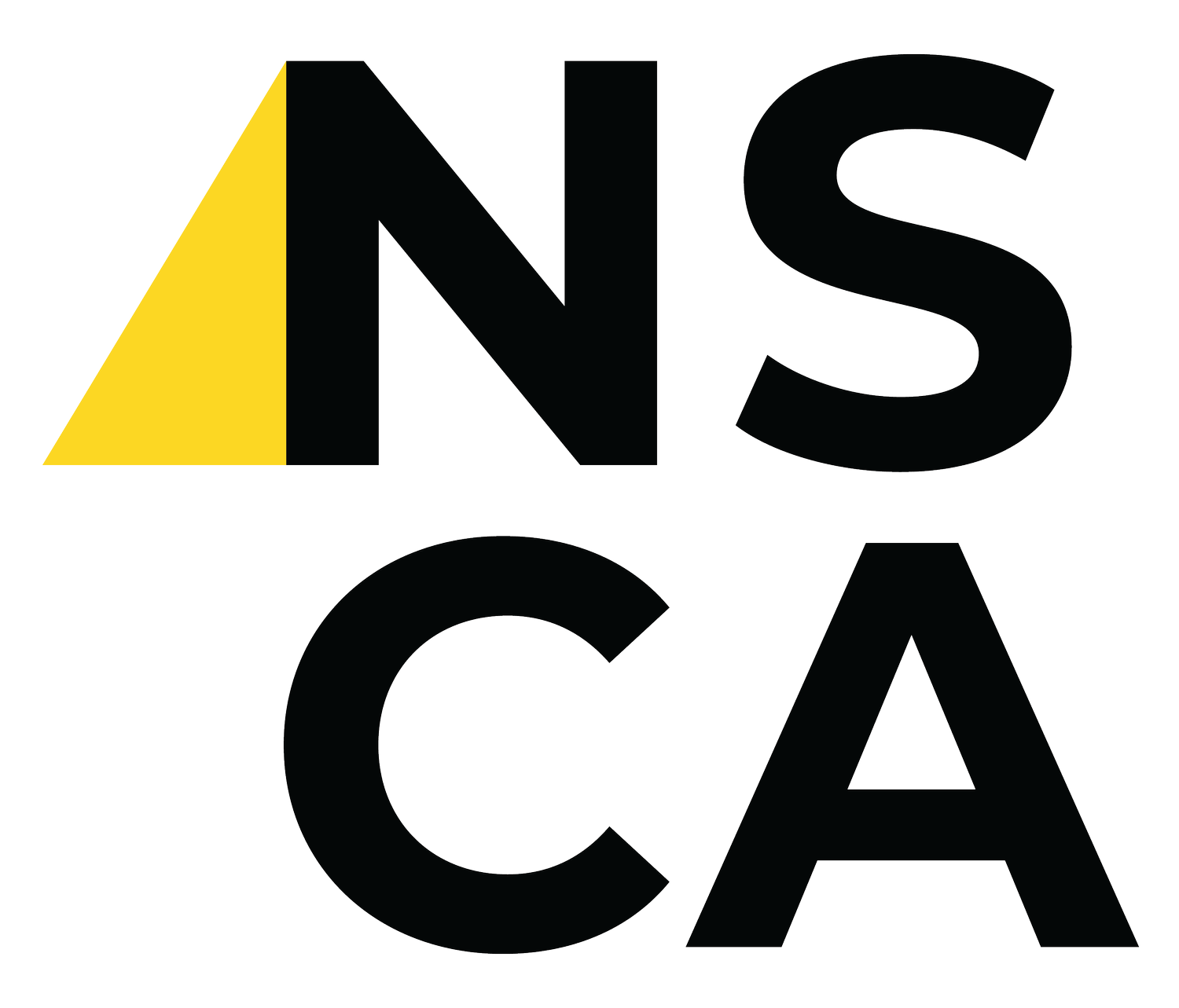
Parents
Place Chaplains In School
Are you concerned that your child’s values are negatively impacted at school?
Are you concerned that your school is more concerned with political ideology than education?
You are not alone.
Rather than looking at your child’s school as a battlefield that invites conflict, see it as a garden where you can till the soil, plant seeds, and reap a harvest.
Our resources will help.
Where major decisions are made
The School Board
The principal or superintendent is the first place to start when requesting that a school chaplain be hired. However, it is likely that unless a chaplain policy is in place, the elected school board is the only body with the authority to modify existing policies or adopt new ones.
For the most part, school board members are community representatives that have taken on the responsibility to improve education. Respect is an excellent place to start when approaching school board trustees.
However, parents must become more proactive when school trustees do not receive parent-led initiatves.
Here’s where to start.
-
There are several effective ways to approach the school board with questions and concerns. Generally, school board members welcome the opinions of parents. You can call, email, or fax a board trustee with details about your issue, which in this case, is a policy allowing hiring a school chaplain. Always remember that school board members are elected to work for the parents.
-
Meeting directly with an individual school board member can be an excellent way to get their perspective on the issue, provide more information, and share your concerns and resources. Sometimes, a one-on-one conversation will be more effective; if you bring others, keep it small, as bringing more than four or five people can be hard to manage. Be sure to bring people who represent different groups that have an interest in the issue. Out of respect, let the board trustee know how many people will attend the meeting ahead of time.
-
Ask for an appointment to talk about a specific topic. Be clear about what you want the school board to consider regarding school chaplaincy. Identify your most important points and write them down. Talk about your connection to the issue. Parents and community members have a lot of expertise to bring to school board members. Telling personal stories about the impact of board policies has a lot of effects, and it can also help board members understand the impact of their policies. In addition, parents and community members can share their expertise about the best solutions to the challenges in the school.
-
Follow up with a letter or testimony to the whole board. Even if you’ve spoken to each school board member individually, it’s always helpful to present your points officially to the entire school board through a letter or testimony at a school board meeting.
-
School board members typically have official email addresses with the school district. Letters, emails, and phone calls can be a good way to communicate with them.
-
School boards meet regularly to discuss issues and make decisions, typically at least once a month and typically on the same day or time (for example, the first Tuesday of the month at 7 p.m.) Most school boards publish their meeting schedules and are required to publish their agendas at least 24 hours in advance.
-
If you are going to a school board meeting, bring along as many other parents, students, and community members as you can. Not everyone needs to speak; just being there will let the board members know you care. Plan a carpool, share childcare responsibilities, or meet for dinner ahead of time so you can all make it there together.
-
The law does not clearly require school boards to take public comment on every policy or issue, but most school boards provide the opportunity for public comment. Sometimes, a board will call for public comment about a particular proposal. Other boards offer general time for public comment about any issue the public wants to bring to the board’s attention. The board meeting agenda will tell you whether your school board has a public comment period or not. If there is a public comment period, prepare 2-3 points you’d like to make and plan to speak for about 2-5 minutes.
-
School boards are required by law to involve parents, teachers, students, and community members in developing and reviewing school discipline policies. Many school boards will set up a committee to do that work, and school board directors are often eager to hear from parents who volunteer their time. If you are interested in working on school chaplaincy, you should contact school board members and offer to participate in any workgroups on the issue. You can also reach out to the superintendent to offer to volunteer.
-
Here is a practical three (or four)-step approach to discussing a questionable classroom activity or school policy with an education professional while maintaining a positive relationship.
Start the conversation by using the phrase “Help me understand…” For example, if you are concerned about a particular reading assignment, you might start by saying, “Help me understand why you chose this book for the students to read.” At this point in the conversation, you want clarification.
Affirm what the teacher is trying to do in general. Hopefully, there is something on which you might agree. For example, you might appreciate that the teacher wants the students to learn about lifestyle choices. Still, you are concerned about the particular bias of the book she is using, graphic language, or references to ungodly activities. Don’t jump to explaining your concerns at this point in the conversation. Finding some “common ground” is an important part of the discussion.
Transition to your concern by saying, “But have you considered….” Don’t assume the teacher will oppose you. It is better to assume the teacher will agree once you explain your concern. Having that assumption will help you avoid expressing an adversarial tone. Be a lamp, not a blow torch.
If the education professional you speak with refuses to see the value of wholesome education, it might be time to contact Pacific Justice Institute at https://pacificjustice.org/ to discuss options.
-
Many parents are reluctant to approach other parents in person about educational issues, especially in a larger public school setting with little parental cohesion, yet school board members are more likely to make changes if a large group of people is pushing for it. The solution is at your fingertips. Social media can be an effective tool to connect with other parents and community members who care about these issues. These social sites have proven to be a wonderful “semi-anonymous” asset to organize and mobilize enormous numbers of parents in record time.
/ / / Ways you can use social media:
Start a Facebook page on the issue
Post articles relevant to the impact of chaplaincy
Host discussions about our students’ and educator’s needs
Tweet about the need for chaplains in your school
Participate in other relevant social media groups
/ / / Examples of successful social media groups:
Parents in Cooper City, Florida, created a Facebook group to collectively fight planned boundary changes for a local middle school. Within three days, the group had several hundred members, and over 400 of them attended a community meeting.
In Wellington, Florida, a Facebook page attracted 8,000+ people (in just two months) all committed to terminating the new testing program in the local school district. Although the debate is still raging, the parent-led group is growing and attracting attention.
Public Information & Policies
Make Your Case.
If you want to change school district policies, you’ll have to convince your school board to work with you. School board officials, like all elected officials, work for the public in their district. As a parent or community member, you have a right to make your voice heard.
Keep in mind that the No Child Left Behind law forces schools to publish detailed information about issues such as teacher quality and student performance. Parents can use this public information to back up claims, create comparisons with other school districts, and work with the school boards to formulate and implement solutions.
Good old-fashioned research, combined with the proliferation of the Internet, affords parents a better-informed approach to their child’s schooling, as well as a louder voice in school board meetings.
Resources for families
Legal Support
The Pacific Justice Institute is a nonprofit law firm specializing in First Amendment Rights. They will send a personalized letter to the school officials of your choice. The letter will clarify students’ and teachers’ religious liberties citing Supreme Court cases, including the right to hire school chaplains.
For more information on your legal rights and how to educate your school board that chaplains are legal, necessary, and possibly mandatory, please contact us here.
Real education reform.
Making a difference
During the Covid-19 lockdowns, parents around the country were horrified to learn that their children were being groomed for sexual perversion and being taught Marxism, CRT, and fake history. Parents and grandparents responded en masse by demanding reform at school board meetings.
Unfortunately, parents were met with a spirit of “How dare you tell us what to teach your children”. At its climax, moms and dads were declared domestic terrorists, and the FBI began its investigation. Parents are aware of the Woke culture invading education, and the courts have recognized that freedom, as defined by the U.S. Constitution, applies equally to education.
Indoctrination has come at a high cost. The U.S. currently has the worst-educated workforce in the industrialized world. 30 countries now outperform the United States in mathematics at the high school level. When God was honored, the U.S. led the world in education.
The general discontentment of the American people combined with the highly motivated parents has created an opportunity for real education reform for the first time in 50 years.
The vast majority of Americans across party lines are unhappy with the state of the U.S.
In a recent survey, 85% of U.S. adults say that things in the country are headed in the wrong direction, with just 14% believing things are going in the right direction.
Healthy development in a child’s early years provides the building blocks for educational achievement, economic productivity, responsible citizenship, lifelong health, strong communities, and successful parenting of the next generation. When children feel safe and understand they have purpose and destiny, they are many more times likely to graduate from high school and continue their education.
The opportunity is here.
School-age children (PreK-12th) represent 22% of the U.S. population.

